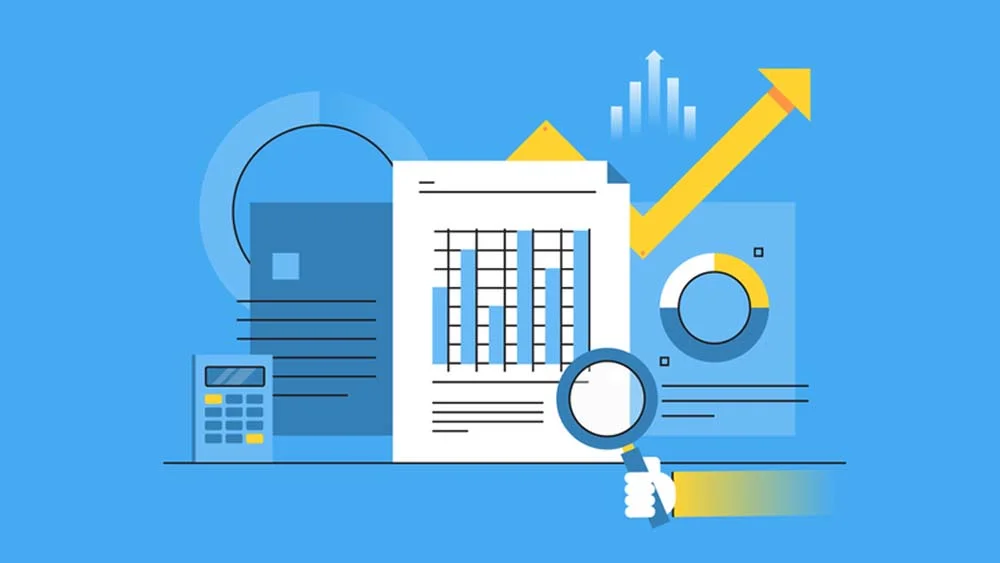Creating a successful and profitable app can be challenging, primarily because of an overcrowded market. According to separate reports from Statista, 90,000 new apps were released on the Google Play store in the month of June, while 36,000 were uploaded to the Apple App Store in the same period.
Successful app monetization isn’t just about building a feature-rich app; it’s also about finding the right strategy to turn your app into a cash generator. Several considerations are at play to meet this objective.
If you want to optimize your earnings from an app, consider hiring professionals by checking out this outsourcing marketing platform. Additionally, learn more about app monetization by reading through this blog. We’re going to dive into the art of app monetization, exploring how the choice of platform interacts with your overall strategy.
Cracking The Code Of App Monetization
Monetizing an app is about converting your app’s user base into revenue. There are several methods to do this, and the choice you make should align with your app’s audience, purpose, and industry. These are the most common app monetization strategies.
In-App Advertising (IAA)
Think of this method as renting out space in your app for a slice of ad revenue. In-app advertising acts like virtual billboards on a busy information superhighway.
How In-App Advertising Works
Advertisers often bid for ad space through ad networks, and you earn revenue based on impressions, clicks, or user interactions with these ads. Ad networks like Google AdMob and Facebook Audience Network facilitate this strategy by connecting you with advertisers willing to pay for ad space in your app. You can opt for various ad formats, such as banners, interstitials, or native ads. The more engaging and relevant the ads are, the more income you can generate.
In-App Purchases (IAP)
This is like running a virtual store inside your app. It’s popular in gaming apps and subscription-based services.
How In-App Purchases Work
Developers provide their applications without fees. Then they advertise a paid version upgrade to unlock premium features by making in-app purchases. Users can make a one-time payment or a series of payments for these items. The app stores provide a channel for managing and processing these transactions, with a portion of the revenue going to them.
Subscriptions
This model is often used in apps offering news, entertainment, or productivity services. It provides a steady income stream for apps with a loyal user base.
How Subscriptions Work
Users pay regularly, typically monthly or annually, to access premium content or features in your app. The app platforms handle the subscription management and billing and take a percentage of the subscription fees.
Freemium Model
Have you ever downloaded an app for free and then had the option to buy the ‘pro’ version? That’s the freemium model. It’s a two-in-one combo of in-app advertising and in-app purchases.
How Freemium Models Work
This model encourages users to upgrade to unlock additional benefits and content. First, developers offer a basic version of the app for free with limited features. Users are encouraged to upgrade for extra perks and advanced functionalities. Simply put, this model combines ad revenue with direct purchases.
Affiliate Marketing
Affiliate marketers are the new salespersons in the digital world. As an app developer, using this method requires partnerships with various businesses and filing it with product or service recommendations. This model works best in e-commerce and travel niches.
How Affiliate Marketing Works
This model lets you promote third-party products or services within your app in exchange for a commission for every transaction, for instance, closing a sale or generating a lead. It’s a win-win for you and the companies you partner with, making it one of the most popular marketing tools for business-minded individuals.
Monetizing Data
Earning money by sharing data is a bit tricky and controversial. Be cautious with this method and handle user data with utmost care while respecting privacy and data protection regulations.
How It Works
This involves collecting and aggregating user data with their consent and selling it to third-party companies for market research, advertising targeting, or other purposes.
Crucial Considerations For Your App Monetization Strategy
Each monetization strategy requires careful planning and execution. Doing so allows you to maximize revenue while providing a positive user experience.
Let’s delve deeper into key considerations and provide additional examples for each:
-
Create A Positive User Experience
Intrusive ads can frustrate users, leading to higher uninstall rates. To attract and keep them, ensure that your monetization methods don’t disrupt the user experience. For instance, opt for non-intrusive ad formats like native ads or strategically timed interstitials.
-
Prioritize User Engagement
Frequent updates, new content, and responsive customer support help keep users coming back for more. Introduce exciting events or challenges, especially for gaming apps. Meanwhile, a news app can curate personalized content to encourage regular usage.
-
Build A Community
Engaging with your user base can increase user loyalty, word-of-mouth recommendations, and user-generated content. Hence, foster a sense of community among your app users. This can be achieved through user forums, social media engagement, or in-app user feedback mechanisms.
-
Use Feedback Loops
Addressing user concerns and acting on their feedback can enhance user satisfaction and retention. Continuously seek user feedback and adapt based on their insights. You might introduce a ‘feedback’ button in your app to collect suggestions for improvement.
-
Ensure User Privacy
Respect user privacy and adhere to data protection regulations. Build trust by implementing stringent data protection measures, like encryption, consent forms, and clear privacy policies. Clearly communicate how user data is used and give them control over their privacy settings.
-
Stay Updated
The app monetization field is always evolving. Join relevant industry forums, read tech blogs, or attend conferences to help you stay ahead of the curve. For instance, if your app targets a younger audience, integrating mobile payment options like Apple Pay or Google Pay may resonate with their preferences.
-
Diversify Your Monetization Tactics
Integrating different app monetization models reduces your reliance on a single source of income. A gaming app, for instance, can combine in-app purchases, rewarded ads, and sponsored partnerships to create multiple revenue streams.
-
Perform Competitive Analysis
Stay aware of what your competitors are doing in terms of app monetization. Analyze their strategies, pricing models, and user reviews to identify opportunities or gaps in the market.
-
Value Your Long-Term Customers
As with any other venture, attracting a new customer is costlier than keeping your current ones. Focus on the long-term value of your users as you work to expand your customer base. For example, in a subscription-based app, retaining subscribers over time is more valuable than a one-time purchase. Consider loyalty programs or exclusive rewards for long-standing users.
-
Establish Ad Quality Controls
Maintain control over the quality and relevance of ads, particularly with in-app advertising. Screen potential advertisers and ensure their content aligns with your app’s values and user interests.
-
Always Test And Analyze
Test different monetization strategies and use analytics to track user behavior and revenue. Analyzing user engagement data, with the help of revenue intelligence, can reveal patterns that guide your decision-making. Implementing A/B testing can help determine which ad placements or subscription price points are most effective.
It’s crucial to strike a balance between monetization and user satisfaction, ensuring that your app remains valuable and engaging. These considerations, combined with the right strategy and platform, will help you master the art of app monetization.
Choosing The Right Monetization Platform
Once you’ve nailed down your monetization strategy, it’s time to pick the platform that’ll help you make it happen. Let’s check out a few popular platforms and their strengths:
-
Apple App Store
This app platform is an excellent choice for subscription-based apps, in-app purchases, and freemium models. Apple is known for its high quality and security standards, with its user base likely more willing to spend money on apps.
-
Google Play Store
Google Play is ideal for in-app advertising and reaching a large user base, primarily because of its broader reach and diverse audience. It’s great for freemium models and in-app purchases.
-
AdMob
AdMob is part of Google’s network, making it a top choice for in-app products or services advertising. The platform offers various ad formats, powerful targeting options, and analytics to help you maximize ad revenue.
-
Facebook Audience Network
This is your go-to platform for in-app advertising, owing to its extensive reach. Additionally, Facebook can provide valuable insights into user behavior and demographics.
-
Amazon App Store
Amazon’s platform is suitable for apps selling physical products, digital goods, and subscriptions. As such, it’s ideal for apps with a retail or e-commerce focus.
The Bottom Line
Mastering app monetization involves understanding your audience, choosing the right strategy, and picking the best platform. From the discussion above, it’s clear that the key to successful app monetization is finding the sweet spot between earning revenue and providing value to your users.
The only way to optimize your earnings is to continuously learn, test, and adapt as you get more insights into market changes and customer preferences. By aligning your monetization approach with your app’s purpose and users’ needs, you can create a successful and profitable app while keeping a positive user experience.






